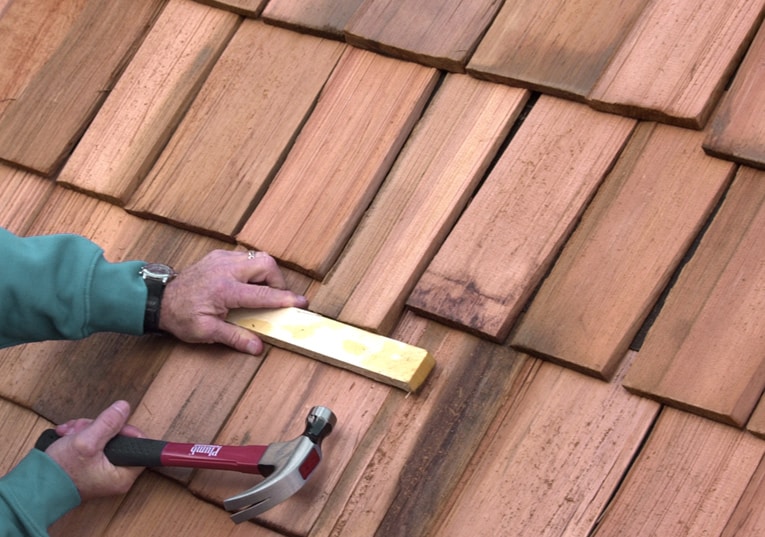Understanding the Significance of Home Blueprints
Home blueprints are the fundamental plans that lay the foundation for constructing your dream home. These detailed drawings provide a comprehensive outline of the home’s structure, including the layout, dimensions, and specifications. Understanding the significance of home blueprints is crucial for homeowners and builders alike, as they serve as the roadmap to bringing your vision to life.

The Key Components of a Home Blueprint
- Floor Plans: The floor plans are the heart of a home blueprint. They outline the layout of each floor, including the arrangement of rooms, dimensions, and flow of spaces. A well-designed floor plan ensures that the home meets your lifestyle needs and maximizes functionality.
- Elevations: Elevations provide a visual representation of the home’s exterior from different angles. This helps visualize how the house will look from the front, back, and sides, allowing you to make design decisions related to the facade.
- Sections: Sections are cutaway views


